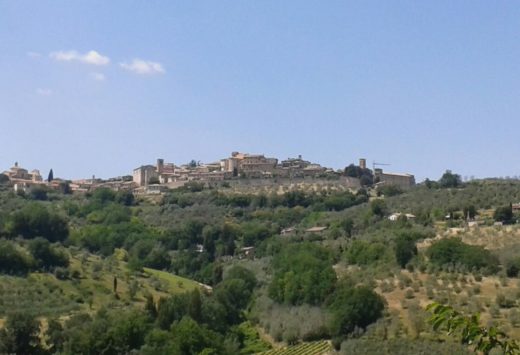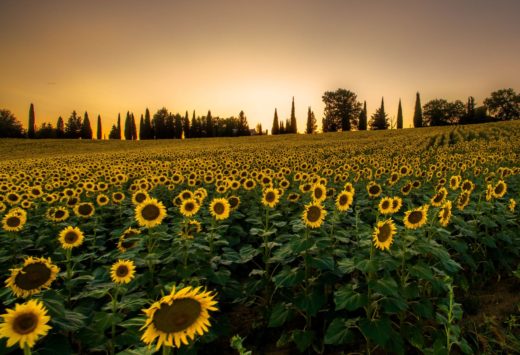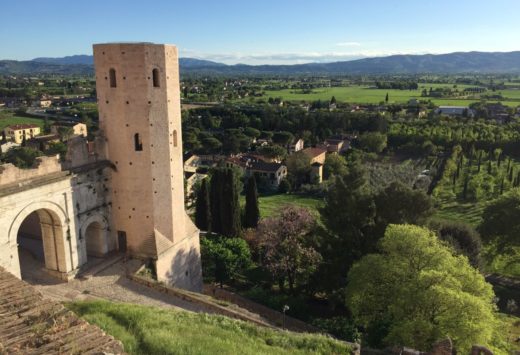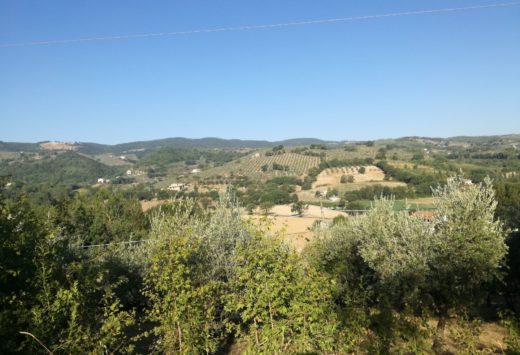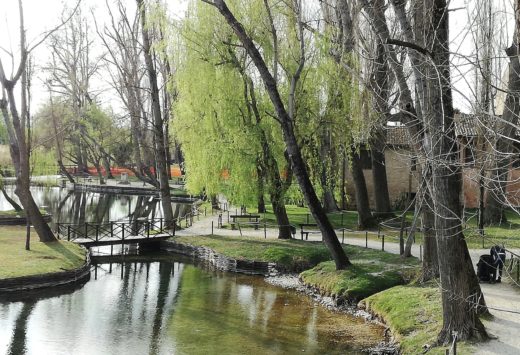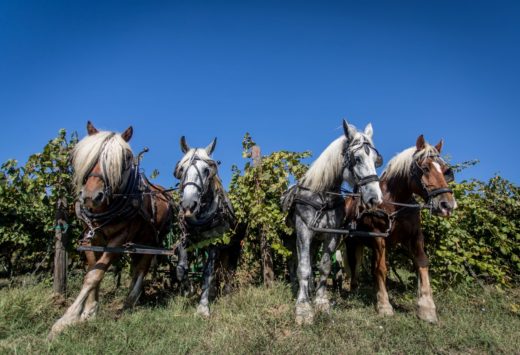Discover Bettona with us
Bettona is a small town on the north-eastern edge of the Colli Martani range, a very peaceful place that has always lived in close symbiosis with nature. It overlooks the Umbrian valley and offers extraordinary views, ranging from Perugia to Assisi, and beyond, which is why it is called ‘the Etruscan balcony’.
Indeed, ‘Vettona’ has Etruscan origins and was later a Roman colony; the ‘Vettonenses’ are mentioned by Pliny in his Naturalis Historia. It was razed to the ground by Augustus because it supported Marco Antonio during the conflict, subsequently suffered the disastrous effects of barbarian invasions and was devastated by Totila, subsequently succumbing to Greek and Lombard domination and then to the Duchy of Spoleto.
A Free Commune in the Middle Ages, it joined Assisi at the beginning of the 13th century, and in 1352 it surrendered to Perugia, which destroyed it and also removed the body of Saint Crispolto, protector and martyr of the city, who according to legend was tortured, burned alive and even sawn to pieces, in the spot where the area’s first Benedictine abbey was built. Bettona went on to rise again thanks to the papal legate Egidio Albornoz and saw the return of the patron saint’s body.
The town was subject to dispute during the Renaissance and several powerful men ruled over it: the Trinci of Foligno started their lordship in 1412, while in 1516 Pope Leo X gave “Bettona, a very suitable land to his state, and of not minor consideration in these parts” to Giampaolo Baglioni. The major figures at the time were the Crispolti, an illustrious family from Bettona who repeatedly tried to bring the town back under the rule of the church. The rule of the Baglioni family over Bettona ceased in 1648, when the heirs to the counts died out and the Apostolic Camera claimed possession of the town again; it remained under the aegis of the papal state until the unification of Italy.
During the Renaissance era, Bettona was highly influential: its administrators always paid particular attention to economic problems, with the help of the ‘Collegi delle Arti’ (an aggregation of business interests in a single corporation) and the foundation of the ‘Monte Frumentario’ (surplus ‘Grain Mountain’) was important in 1491. The rulers were very skilled in dealing with disastrous epidemics like the plague, which were always followed by crop shortages, and great rains and floods along with ‘such freezing cold weather that almost all the olive trees and vines withered’.
The history of Bettona is inextricably linked with the town’s religious settlements, which played a crucial role from the 13th century onwards with the birth and spread of mendicant orders. The first documentary evidence of the existence of a Benedictine monastery in the Bettona area dates back to 1014 and refers to the abbey of San Crispolto della Piana, which is now a private house in the Passaggio area; the relics of the holy martyr were kept in the abbey until they were transferred to the church of San Crispolto, built inside the walls of Bettona in 1266. Another important Benedictine monastery in the early Middle Ages was San Quirico, with the female branches of San Giacomo, and Santa Caterina. The first Franciscan community arrived in Bettona in 1235, upon the wishes of the townsfolk of Bettona; the Conventual Franciscans settled in a short time at the church of San Crispolto and in the 15th century the Observant branch of the Order of Friars Minor also arrived in the city. They built the marvellous convent of Sant’Antonio in 1500, which now lies in ruins.
Bettona is one of the most beautiful small towns in Italy and is a feast for the eyes with its medieval and Renaissance artistic treasures and its gardens and vegetable patches hidden among the town’s narrow streets. Don’t leave Bettona without tasting its most typical dish: roast goose. You’ll find few restaurants open all year in the small town, but the Sagra dell’Oca (Goose Festival) is held in the last week of July, when you can enjoy a succulent dish outdoors, enjoying the cool breeze on summer evenings, sitting in one of the vast gardens that open up inside the town walls. Another typical speciality from Bettona is the ‘piselletto’, a sweet, firm pod of peas that owes its survival to the determination of the women of Bettona, who saved it from extinction in the 1970s. The plant climbs two metres high, intertwining with the Etruscan and medieval walls, as if to exhibit its attachment to its land and its history; it is harvested in May and can be tasted in a variety of dishes.
The Municipality of Bettona and the ‘Pro Loco’ (a grass roots volunteer association) organize events throughout the year: the Bettona Art Music Festival takes place in April, featuring a series of events such as classical music concerts and conferences, held in various obscure locations around the small town, while during the Christmas holidays, the town is the setting for an evocative ‘live nativity scene’. The summer is obviously the busiest and most lively season: in addition to the Sagra dell’Oca, which is the most eagerly awaited and important event, the ‘Notte Romantica dei Borghi d’Italia’ is held on the last Saturday of June, with Bettona proudly taking part in the event. Throughout the evening, restaurants, farm stays, B&Bs and producers throughout the municipal area cook their own specialties and showcase their local agri-foods and products, accompanied by wines from the local winery, all combined with good music and the opening of the town’s museum.



